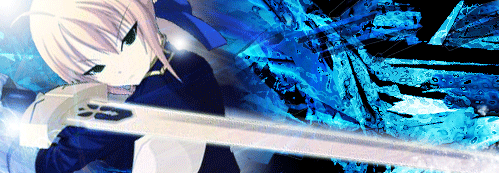
Okazaki fragment - short fragment of DNA.
Helicase - separates the double strand.
Single-strand binding protein – prevents single strand coiling back to original shape.
DNA Polymerase synthesize only 5’ to 3’.
Helicase - separates the double strand.
Single-strand binding protein – prevents single strand coiling back to original shape.
DNA Polymerase synthesize only 5’ to 3’.
5’ to 3’ (direction of DNA polymerase) = Leading strand (3’ to 5’ old strand, 5’ to 3’ new strand, direction towards helicase)
5’ to 3’ (direction of DNA polymerase) = Lagging strand (5’ to 3’ old strand, 3’ to 5’ new strand, direction away from helicase)
Leading strand –
1) RNA Primase - attach a RNA Primer onto the strand
2) DNA Polymerase 3 - adds deoxyribonucleotides to synthesize the new complementary strands of DNA.
Lagging Strand –
1) RNA Primase – attaches a RNA Primer
2) DNA Polymerase III - adds deoxyribonucleotides
3) DNA Polymerase I – removes the RNA and replace it with DNA
4) DNA ligase – Forms phosphodiester bonds
 天 人 地 金 木 水 火 土
天 人 地 金 木 水 火 土




























